A visit to a Patagonia Ranch - Punta Arenas, Chile
- pswartz
- Mar 3, 2023
- 3 min read
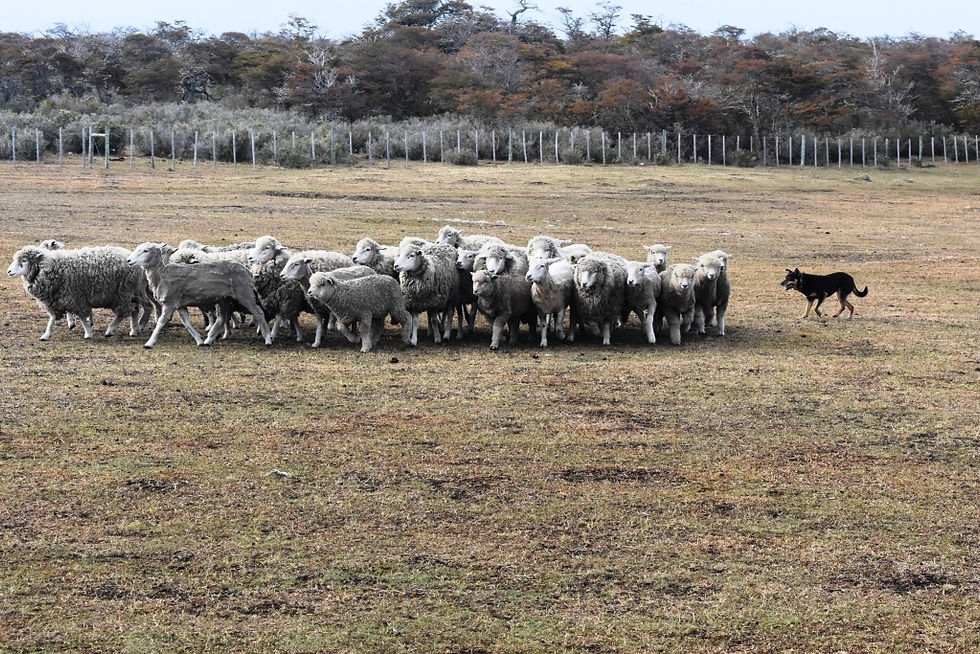
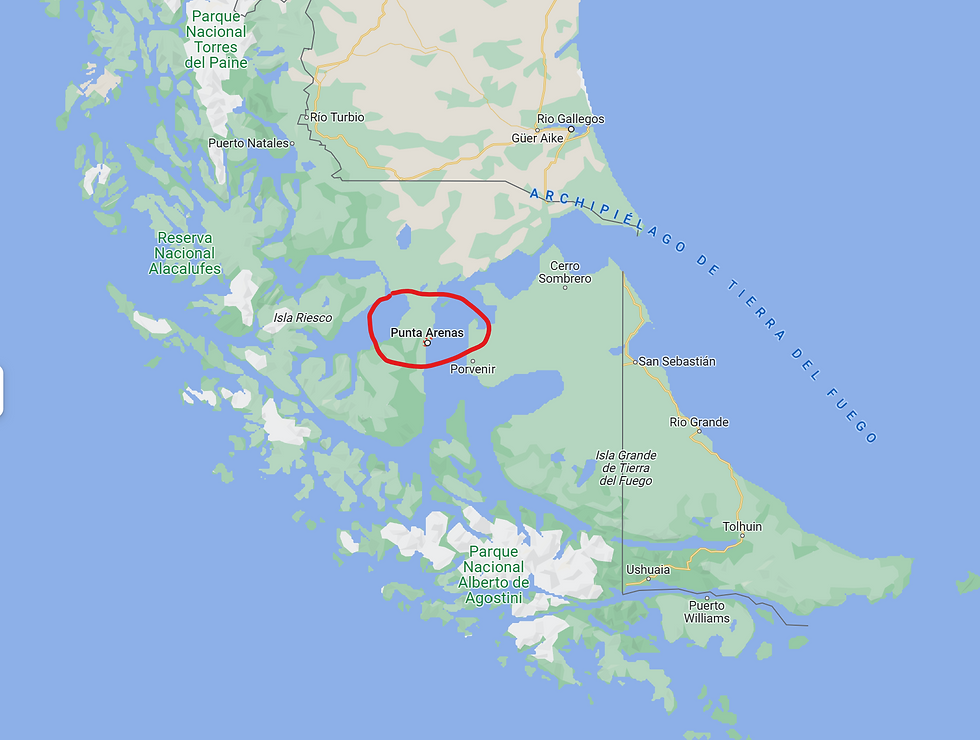
Founded as a penal colony by Chile in 1848, Punta Arenas (meaning Sandy Point) grew by virtue of its location. It sits right in the middle of the Straits of Magellan (see the map) and this was the best route to get from the Atlantic to the Pacific Ocean until opening of the Panama Canal in 1920. So, Punta Arenas played host to all the sailors crossing the continent by ship. Europeans followed, searching for newly discovered gold and establishing vast swaths of sheep farms locally and throughout the surrounding region of Patagonia. As a result, today this city is a rich blend of Croatian, German, English, Italian and other European influences – all imported here with the 19th-century immigrants. As a result, you can find seven different languages and five different currencies.
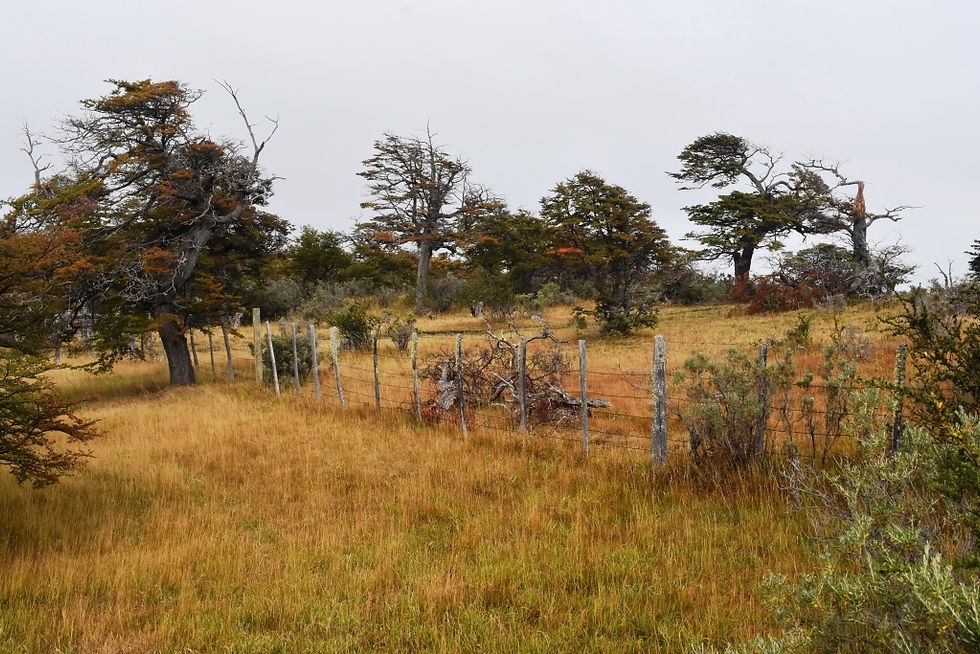
Since the opening of the Panama Canal, the industry of this city of 135,000 people has shifted. Today the main exports are lamb, fishing and natural gas. Tourism is surprisingly strong here also, as this tends to be the hub city for visiting southern Patagonia. From September to March (their summer season) there is cruise ships visiting almost daily, with many ships leaving from here for Antarctic cruises.
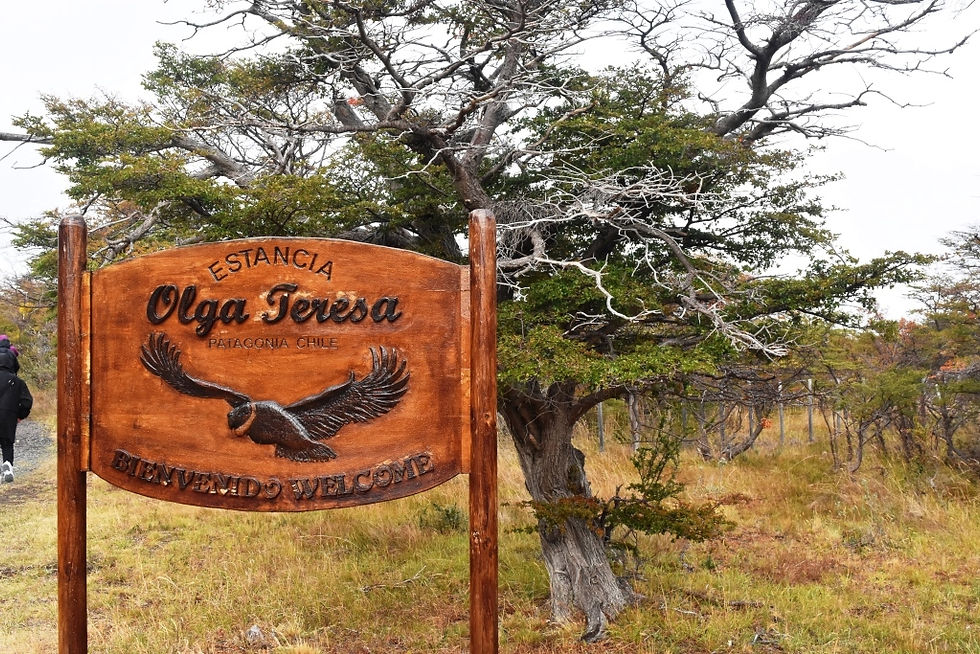
Today we choose to head out of town to a Patagonia sheep and cattle ranch for the day. This particular ranch, Estancia Olga Teresa, is a little over 7000 acres with 5000 sheep and 2000 cattle along with horses to herd the cattle and dogs to herd the sheep. The ranch has been in the family for over a hundred years and is now run by the grandmother, Evonne, along with her three sons and all the ranch hands. As Evonne was showing us around the ranch, you could feel how close she was to both the land and the animals.
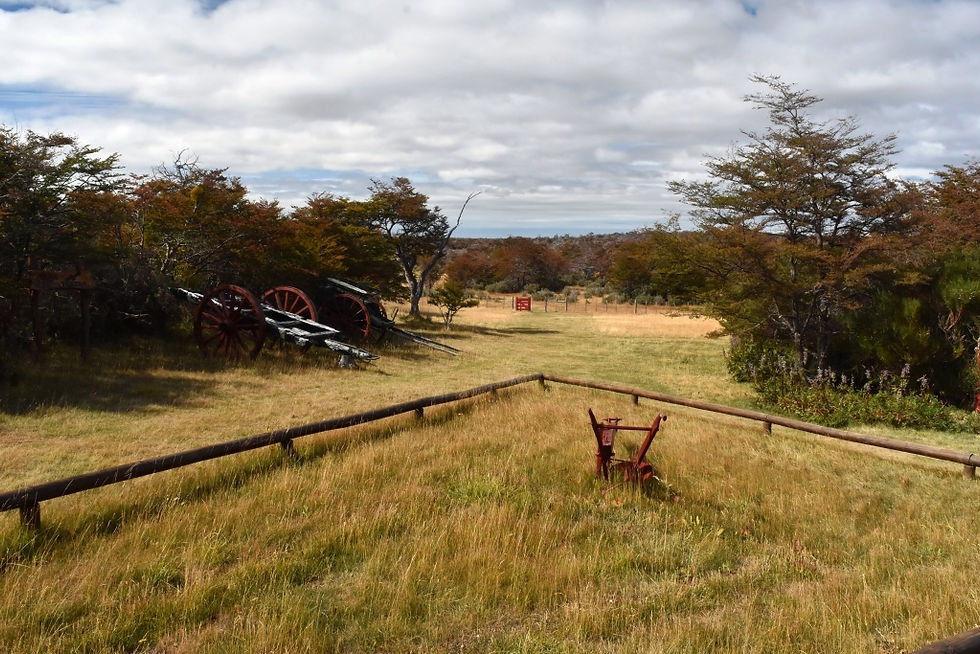
In this area, the wind is blowing, and the land is very dry. As you walk across the fields, the ground is padded with soft layer of brown and yellow grass that grows everywhere in Patagonia. So, unlike most farms and ranches around the world where the predominate color is green, here it is a brownish yellow. We see a gray fox run across our path and then we end up at one of the sheep barns.
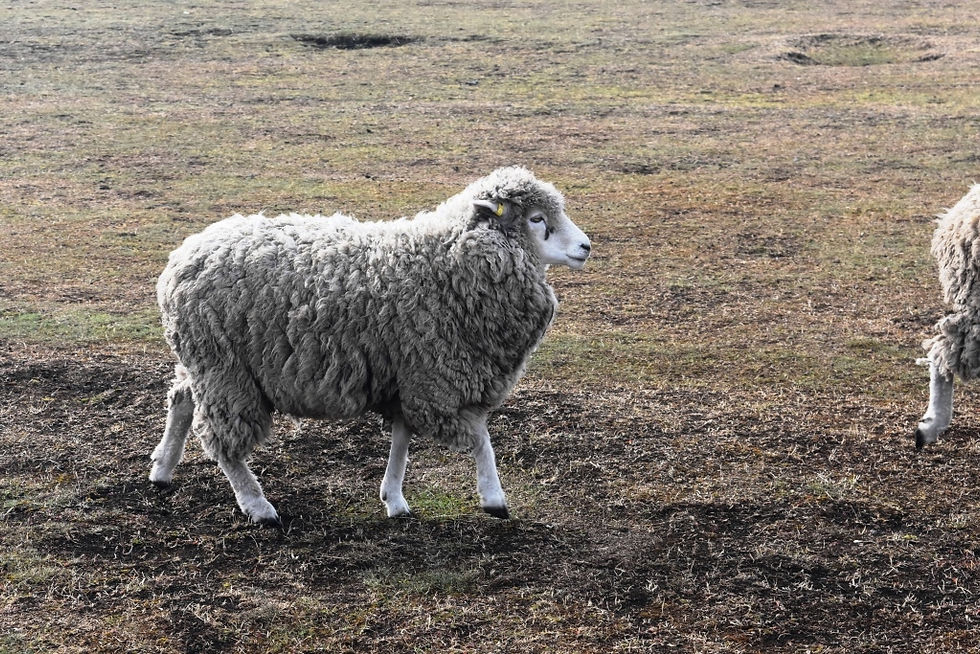
There is a great demonstration of the dog's ability to herd the sheep. On this ranch, each dog can handle an amazing five hundred sheep at a time. The shepherd simply walks across the field and the dog keeps all the sheep in a tight herd by rapidly dodging back and forth around the herd.
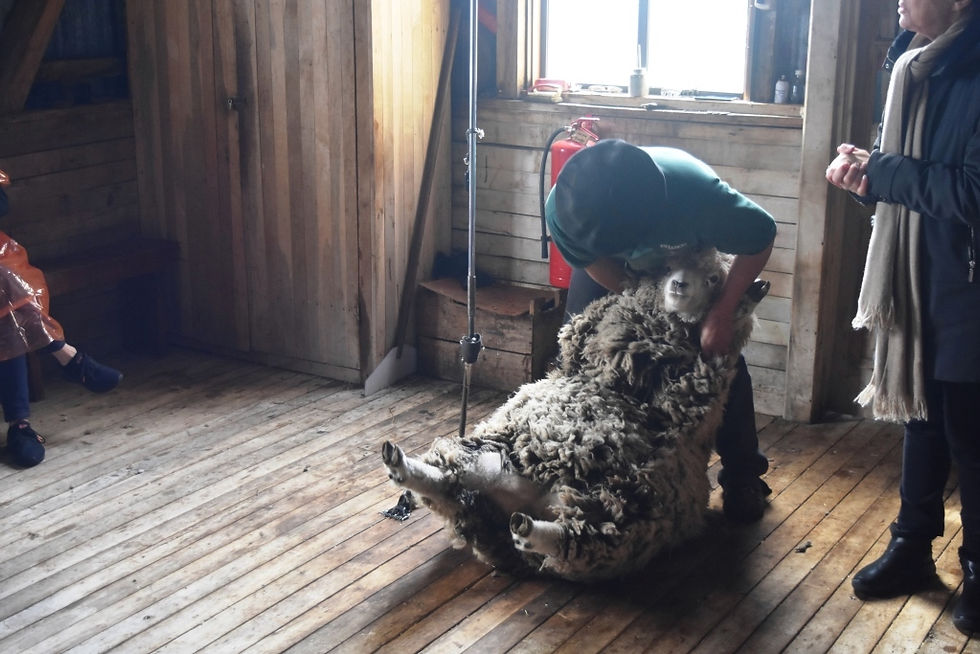
We then head into the barn itself for a sheep-sharing demonstration. Wow – the amount of wool coming off one of these animals is amazing. As the shearer holds the sheep between his legs, the sheep is perfectly compliant and content no matter which way they are rolled, flipped and stretched out. Very docile right up until the shearer finishes and lets them back on their feet – and then… that sheep is off and running, free from that hot wool coat.
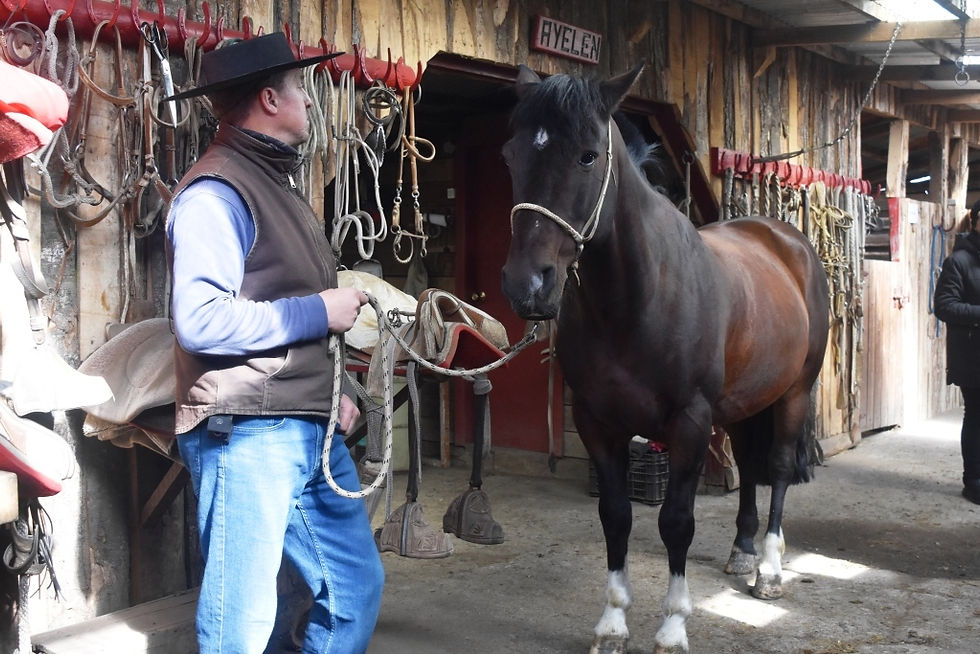
From there, we are off to visit the horses and learn about the cowboy life on the ranch. The horses are beautiful, of course, but also very talented in there ability to herd cattle with just a slight nudge from their rider. We learn about spurs, saddles, stirrups, and more… everything you wanted to know about the Patagonian horse. And again, Evonne describes everything with a passion of the “Godmother” of the ranch.
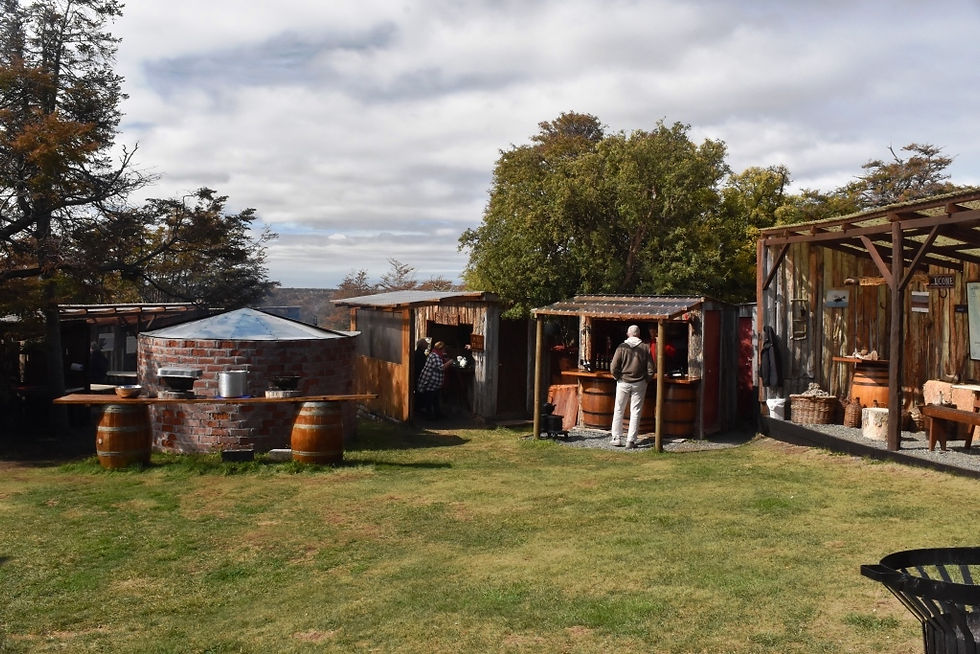
Now it’s up the hill for an open-air lunch where we are greeted with a Pisco Sour and empanadas as we walked into the area. Then for lunch its some salad, bread, BBQ lamb, potatoes and some sort of nice dessert which consisted of I don’t know what! We had some additional time to stroll around before heading back to the ship for the evening.

























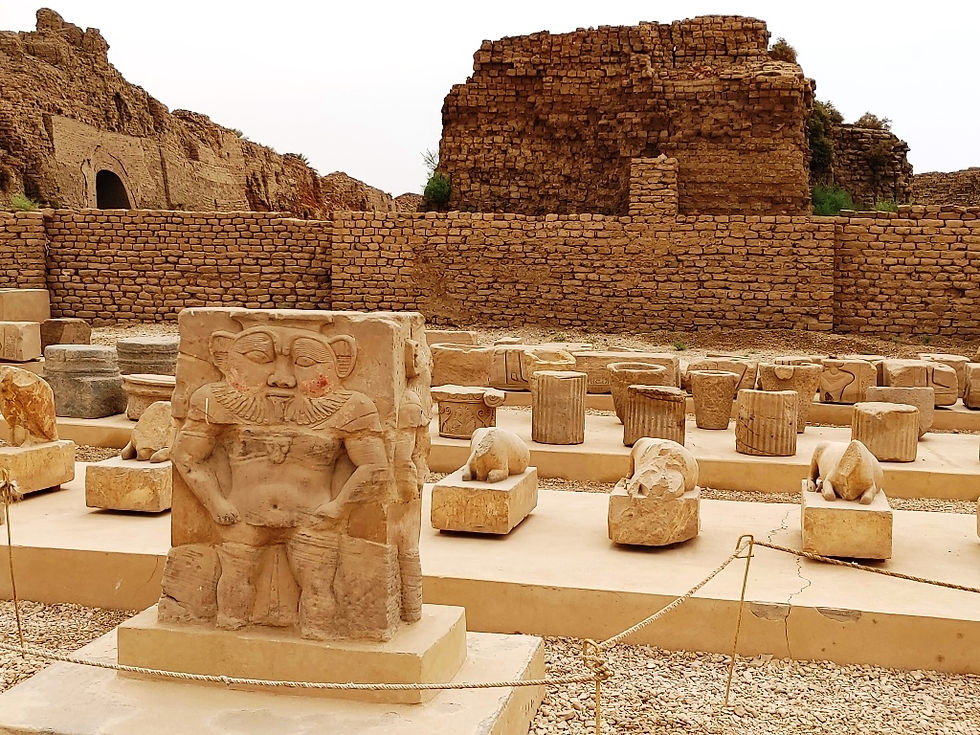


Comments